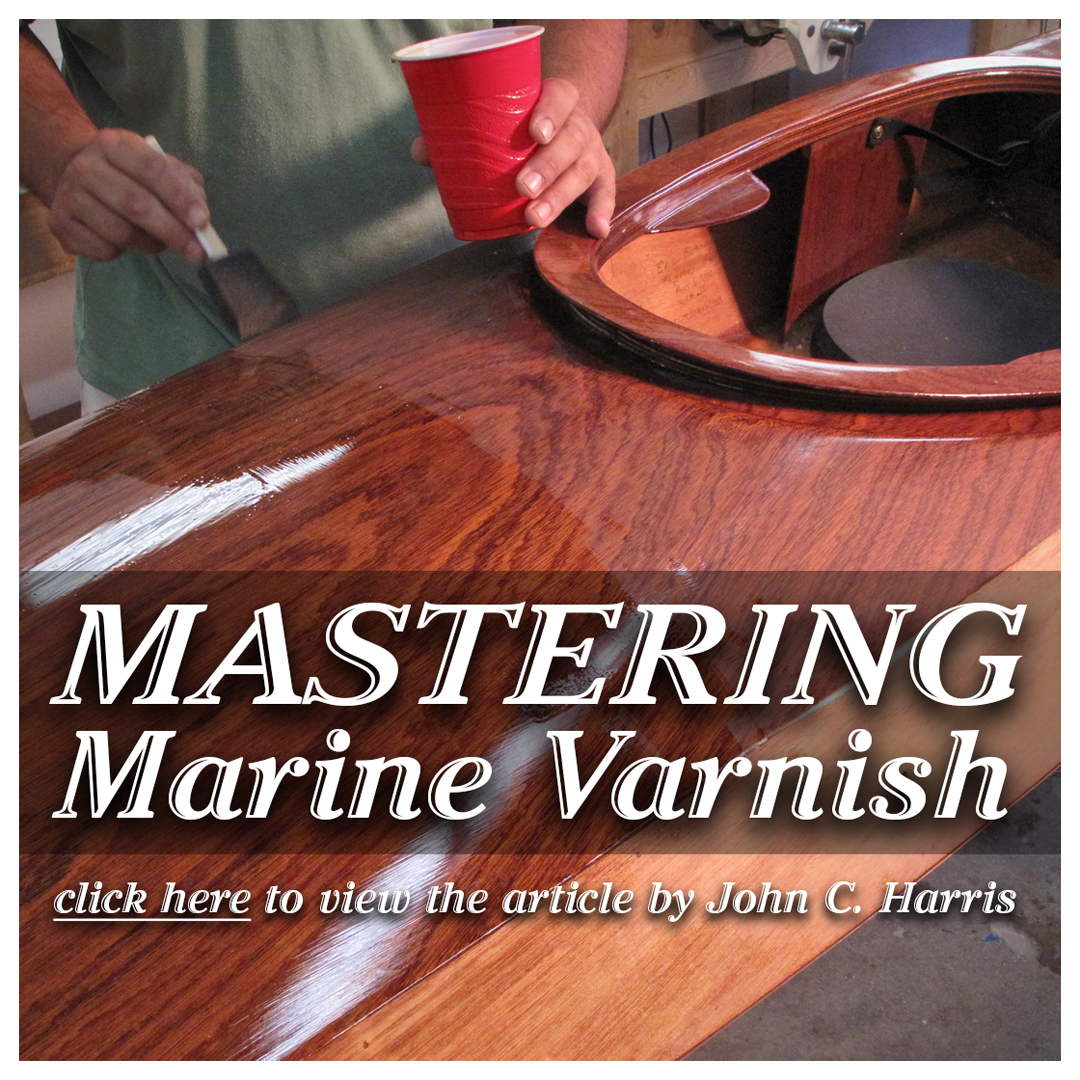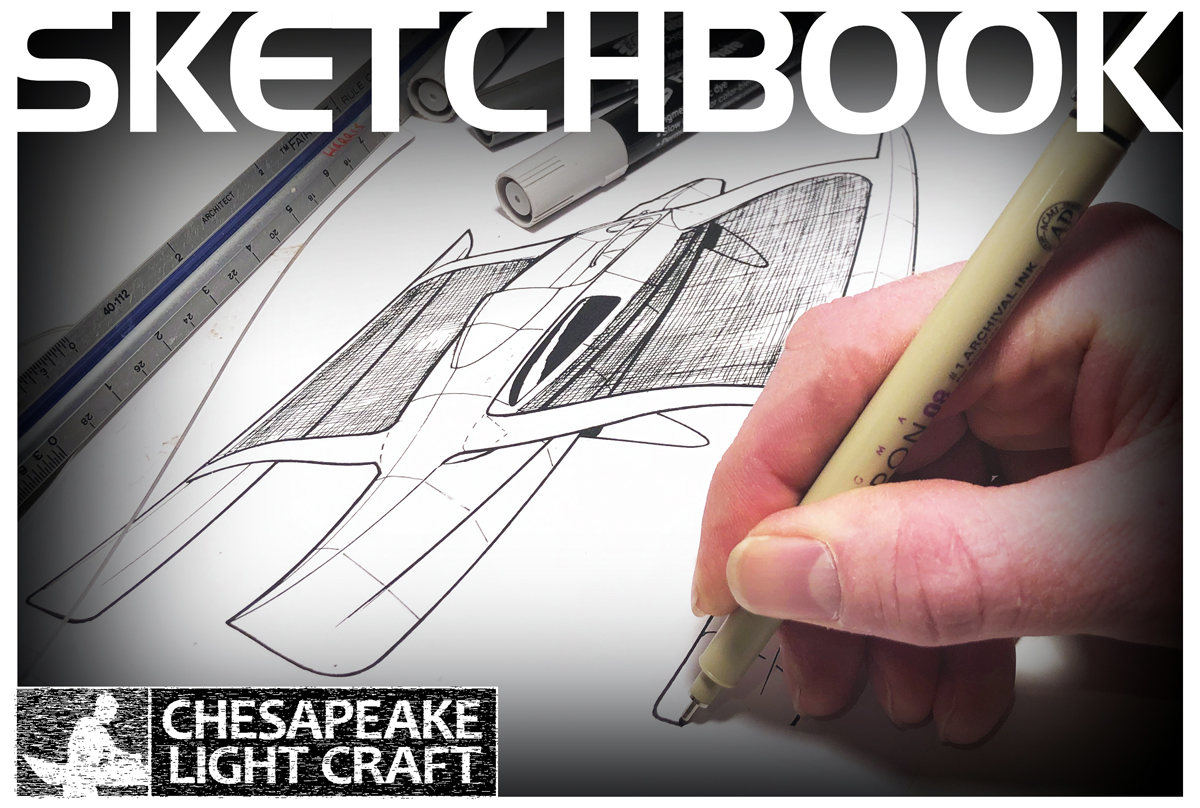Builders' Forum |
|
| ↓ Scroll to Last Comment ↓ | Forum Guidelines | Builders' Forum | |
New builder working on a Shearwater Sport hybrid. I’ve stained the hull, knowing that paint can be my backup plan if I make too many rookie mistakes. I’m very pleased with how it looks so far after the stain and an epoxy seal coat. While stitching the hull I made a careless move with my pliers and chipped the plywood a bit near the bow. About 1/8” deep x 1/2” long.
I’ve experimented with a Famowood filler on a scrap piece of Okume. After staining its nearly a perfect match. The Famowood I have is solvent based. I’m seeing conflicting info online regarding compatibility of epoxy and wood fillers. Any issues MAS epoxy over the solvent based Famowood, or do I need to go with water based filler instead? I made an attempt to stain my wood flour to use for a stain matching epoxy filler, but the resulting color wasnt a good match. I could experiment further if the commercial wood filler isn’t a good option. I’d appreciate thoughts and suggestions.
6 replies:
RE: Wood filler question
That’s good input. Thank you. If any compatibility issue will be immediately apparent, then I’ll keep on with the experiment. I mainly didn’t want a latent problem under the glass that would be more difficult to fix later. It’s definitely just a smal cosmetic issue.
RE: Wood filler question
Definately good advice from Howard. If the blemish is close enough to the bow, another approach is to hide it with your rub strip.

RE: Wood filler question
Thanks. That is definitely a good option too. Even a narrow rub strip would cover this completely. I had been debating whether to include a rub strip or not, so this could be a deciding factor.
I have come across several posts from both of you guys while researching staining techniques. I’ve learned a lot. I really appreciate how much you share via the forum. Very helpful.
RE: Wood filler question
Wood filler.............I usually use sanded material from the wood of the boat mixed with the glue I put it together and fill minor holes before the first epoxy goes on. I often use carpenter's glue since it will be glassed over. (a time or two) The filler from sanded wood is always darker than the wood. Don't know why.
You could sand a piece of stained wood, 100+ grit . Mix the dust with clear epoxy and fill the scratch.
If this is to be a boat that's used and not furniture there will be more scratches. This might be the time to decide how delicate your patches will be in the future. Given the scratch I think pliers would have made I would have already sanded it out, and gone on. A little dip here and there. You list a depth of the scratch as 1/8" (3.175mm). It seems that these kayaks are 4 mm plywood. I'm hoping the scratch not that deep.
RE: Wood filler question
Just a follow up on the wood filler experiment. I was away from the project for a couple weeks before trying the epoxy over the solvent based Famowood filler. The epoxy cured fine with no fisheyes or issues, but that filler sample did have a full 2 weeks between application and the epoxy trial. I did not run a trial over a freshly cured sample. In the two week gap, I had picked up water based Famowood and found it took stain just as well so I went that direction to be safe.
The hull is now finished & I’m on to the deck!













RE: Wood filler question
» Submitted by hspira - Tue, 2/9/21 » 7:24 AM
from what you are describing, this is a minor cosmetic issue only.
so you just need to continue your experiment for compatability with epoxy.
coat some epoxy over your test piece of okoume where you created a test scratch of Famowood filler. if the epoxy cures properly, your fine. if it doesn't (turns white, fish eyes or refuses to cure) then you know you have an incompatability problem and need to find another solution.
i would not recommend this approach if the surface areas involved were large...but you only mentioned 1/2 inch so this is not going to be a structural issue....just a cosmetic one. i have used wood filler before for minor scatch fixes, but my experience was with water-based/latex, not oil.
h